This post has been sponsored by San Felice. All opinions expressed are my own. The following message is intended for those 21+.
San Felice, a historic Tuscan winery and a longtime friend of Living the Gourmet, is launching their Vitiarium Collection, which celebrates and embodies the soul of the Tuscan Estate. This collection includes four wines that represent the culmination of San Felice's Vitiarium Project, a groundbreaking sustainability initiative. Launched in the 1980s, the Vitiarium Project revived near-extinct local grape varieties and broke ground on a 1.6 hectare vineyard preserving local viticultural biodiversity, reflecting San Felice's commitment to both traditional practices and scientific research, in collaboration with the University of Florence.
And today we're taking a look at the Vitiarium Collection's 2021 Pugnitello Toscana IGT.
As always, we'll cover some of the region's basics, including what makes Tuscany so special, and then taking a look at the wine itself, before closing with some pairing suggestions.
Now, without further delay, let's get tasting.

The Where - Tuscany, Italy
In viniculture, 'The Three Great Terroirs' consist of - in order of prestige, value, and production - France, Italy, and Spain. Today's bottle comes to us from Tuscany, which is arguably one of the most iconic regions of Italian winemaking, which in turn makes it "One of the most iconic regions in 'all' of winemaking."
To start, Tuscany is divided across a whopping forty-one DOCs and 11 DOCGs, which are regional classification systems regulating how and where wines are made. Aside from production methods and geography, this classification system also sets rigid quality standards, including but not limited to standardized taste testing.
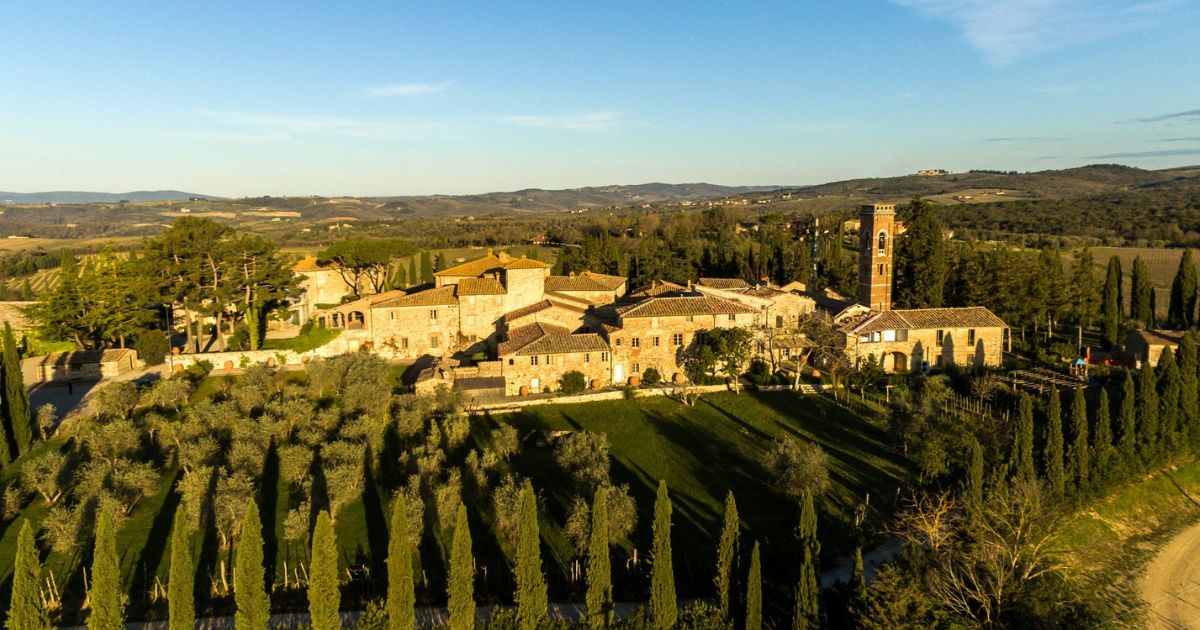
However, despite this vast area of literally dozens of specified production areas and methods into which Tuscany is divided, the bedrock of Tuscan winemaking is a single varietal - Sangiovese. Sangiovese so dominates the region that it is almost impossible to talk about Tuscan winemaking without giving mention to the grape that produces the dry red wines for which Tuscany is famous. Prized for its high acid, 'pleasantly firm' tannins and balance, a quality wine based on Sangiovese will evoke images of ripe dark cherries and black stonefruit, perforated with stark herbal notes. Chianti, Vino Nobile di Montepulciano, and Brunello di Montalcino (all of which we've reviewed here on Living the Gourmet) are just a few of the world-renowned wines produced from Sangiovese.
However, Sangiovese is assuredly 'not' the beginning and end of the story of Tuscan winemaking. For example, the 1970s saw the rise of 'Super Tuscans,' an unofficial term used to describe several high-quality Tuscan wines that were, for one reason or another, excluded from receiving DOC or DOCG status by breaking traditional Italian winemaking norms. Regardless of local labeling, a number of these wines achieved critical acclaim, as well as commercial success, and ended up becoming 'cult wines' that commanded high prices. Over the ensuing decades, some of these 'Super Tuscans' were granted DOC or DOCG status - although it can be argued that such status detracted from their 'cult' mystique as 'rogue labels.' Aside from the controversial 'Super Tuscans,' other wines have also seen success across Tuscany, such as Syrah, Merlot, and Cabernet Sauvignon.
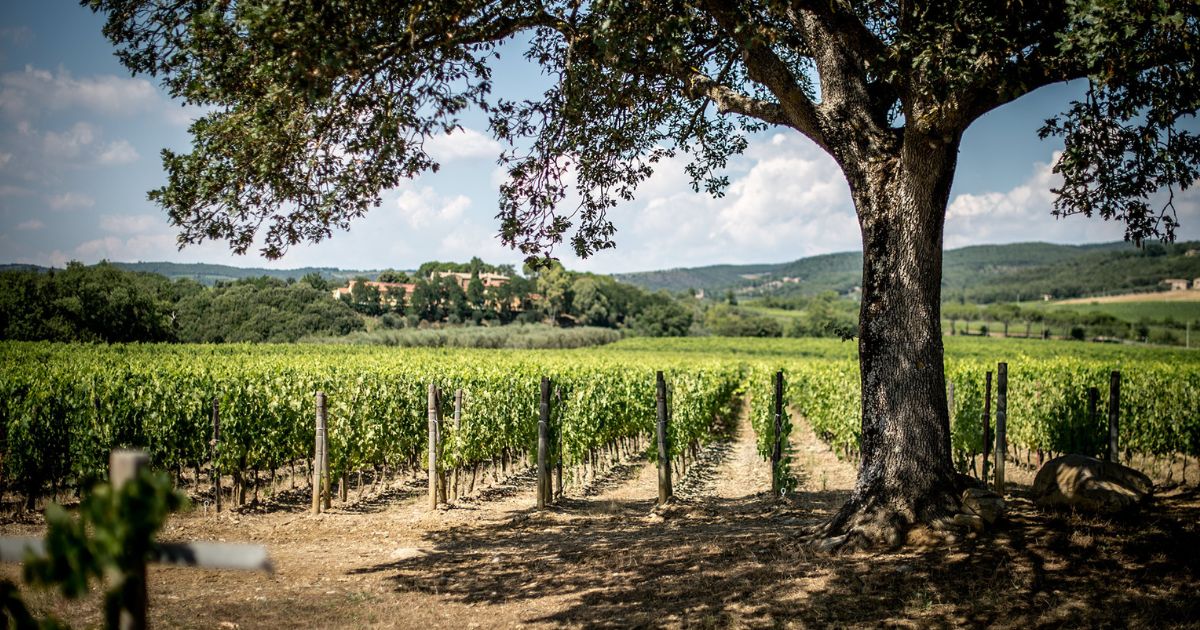
Tight regulations and quality standards aside, climate is perhaps the foremost factor in Tuscany's success. The region's warm and temperate coastline is flanked by inland hillsides and mountains, which help temper the region's searing summers, which in turn contributes to increased temperature variation. This temperature variation between the hills, mountains, and warm coastline helps balance the sugars and acidity of the region's grapes. Sangiovese performs best when it receives maximum direct sunlight, and as such, the hilly terrain of the region is almost tailor-made for this grape, with the majority of the area's vineyards being planted at elevations of between some five hundred and sixteen hundred feet. This higher elevation further increases temperature variance, which further increases the balance in sugar and acidity.
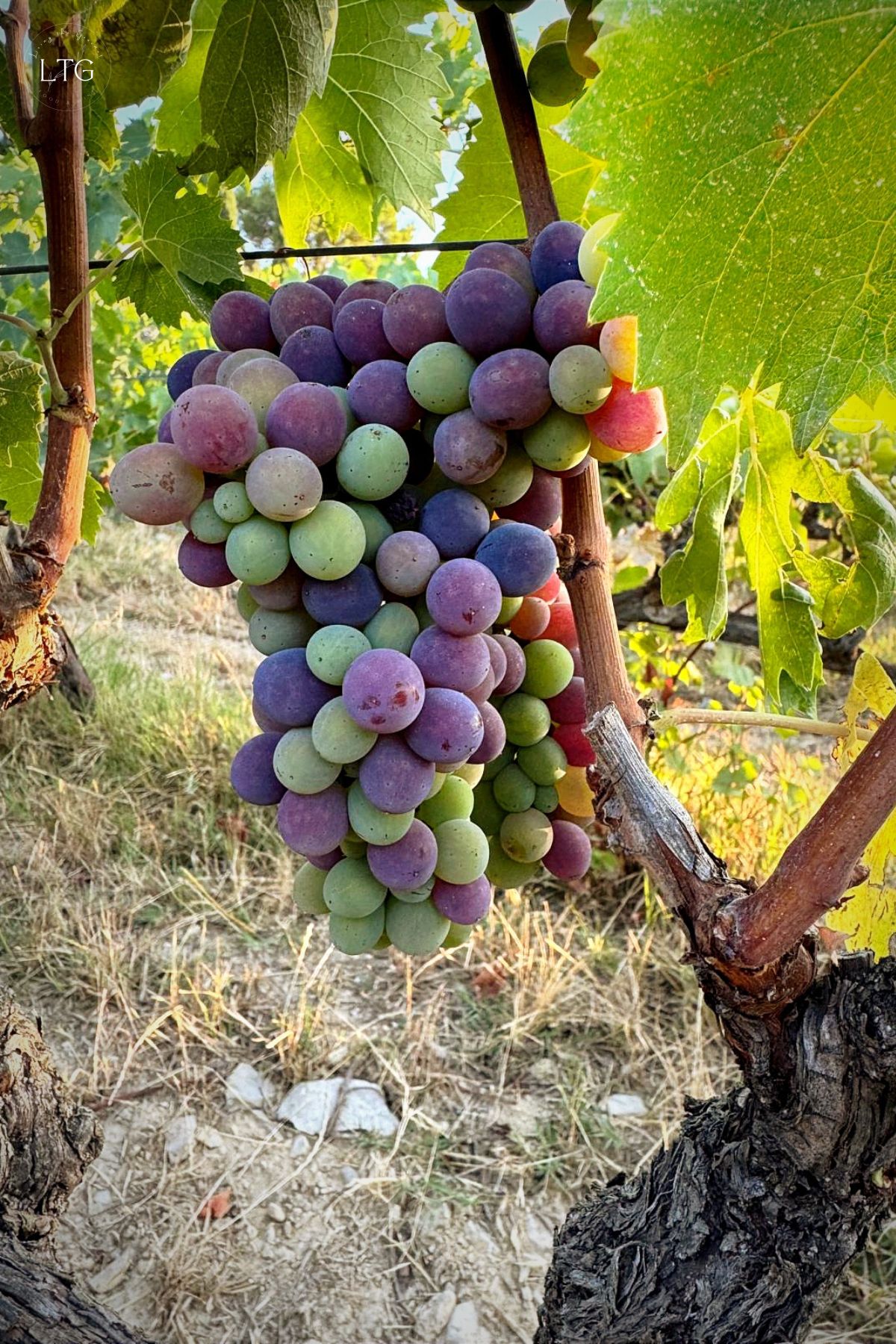
The Bottle - A Showcase
We're taking a look at the 2021 Pugnitello Toscana IGT.
Aromatics and Tasting - The Review
The 2021 Pugnitello greets with ripe red fruit notes off the top of the glass, such as dark red cherry and a touch of raspberry. Deeper into the glass, the bouquet matures with a hint of leather punctuating the fruit, along with a dash of something smoky or earthy in the background - perhaps just a pinch of coffee grind or powdered chocolate. Red plum and either cassis or blackberry complete the bouquet - or maybe that's just me lingering too much on the nose. On the palate, the wine is light-bodied with a dry acidity and features flavors of red fruit, such as plum and ripe cherry. A very enjoyable experience.
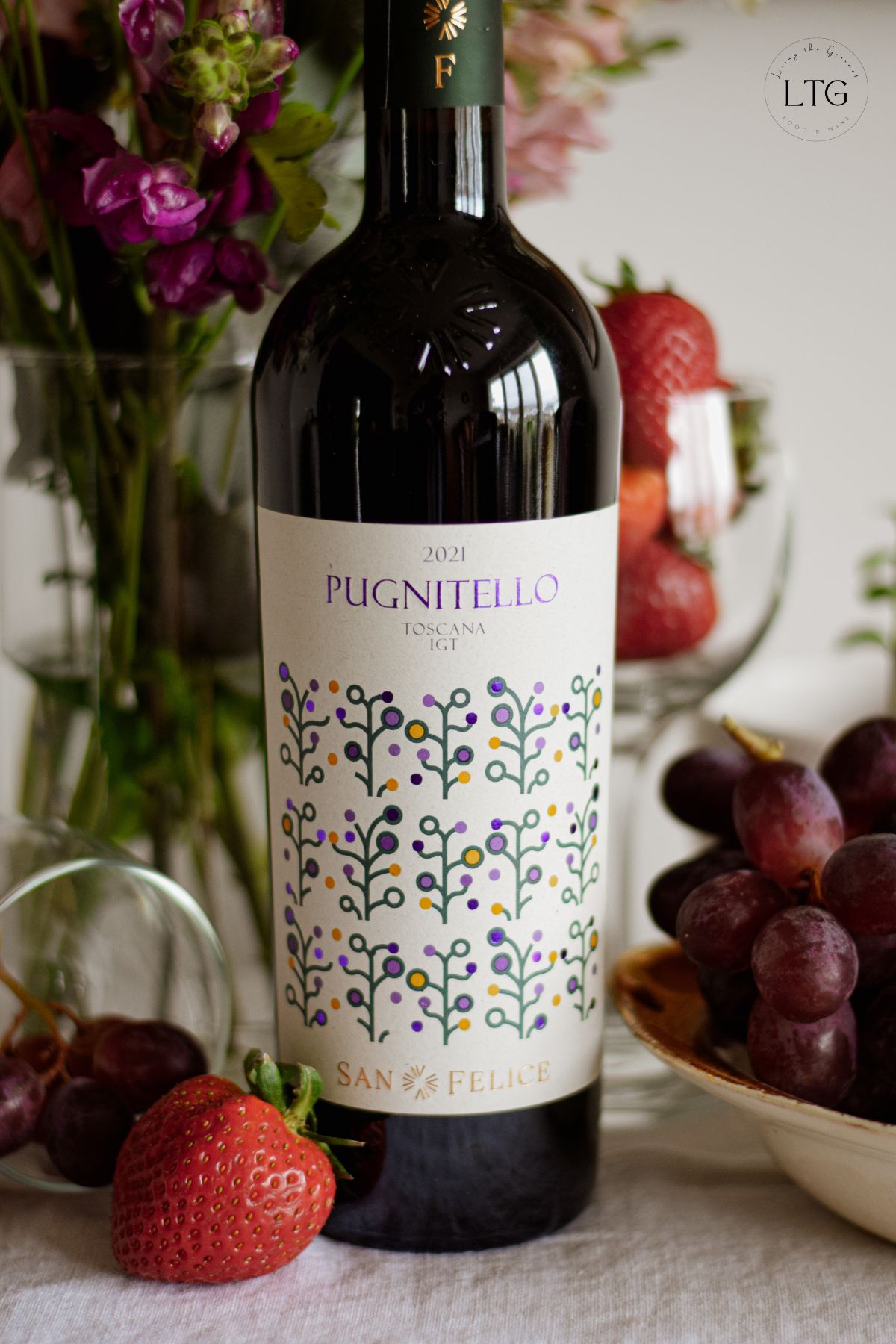
What to Eat - The Pairing
With the 2021 Pugnitello, consider hearty Italian cuisine, such as Bistecca alla Fiorentina, wild boar ragu, Neapolitan Risotto, or rich pasta dishes such as pappardelle with truffle sauce. This wine is also a great match for aged cheeses such as Pecorino Toscano, or savory mushroom dishes, roasted vegetables, and game meat.
And that's our review of San Felice's 2021 Pugnitello, and don't forget to check out their new Vitiarium Collection.
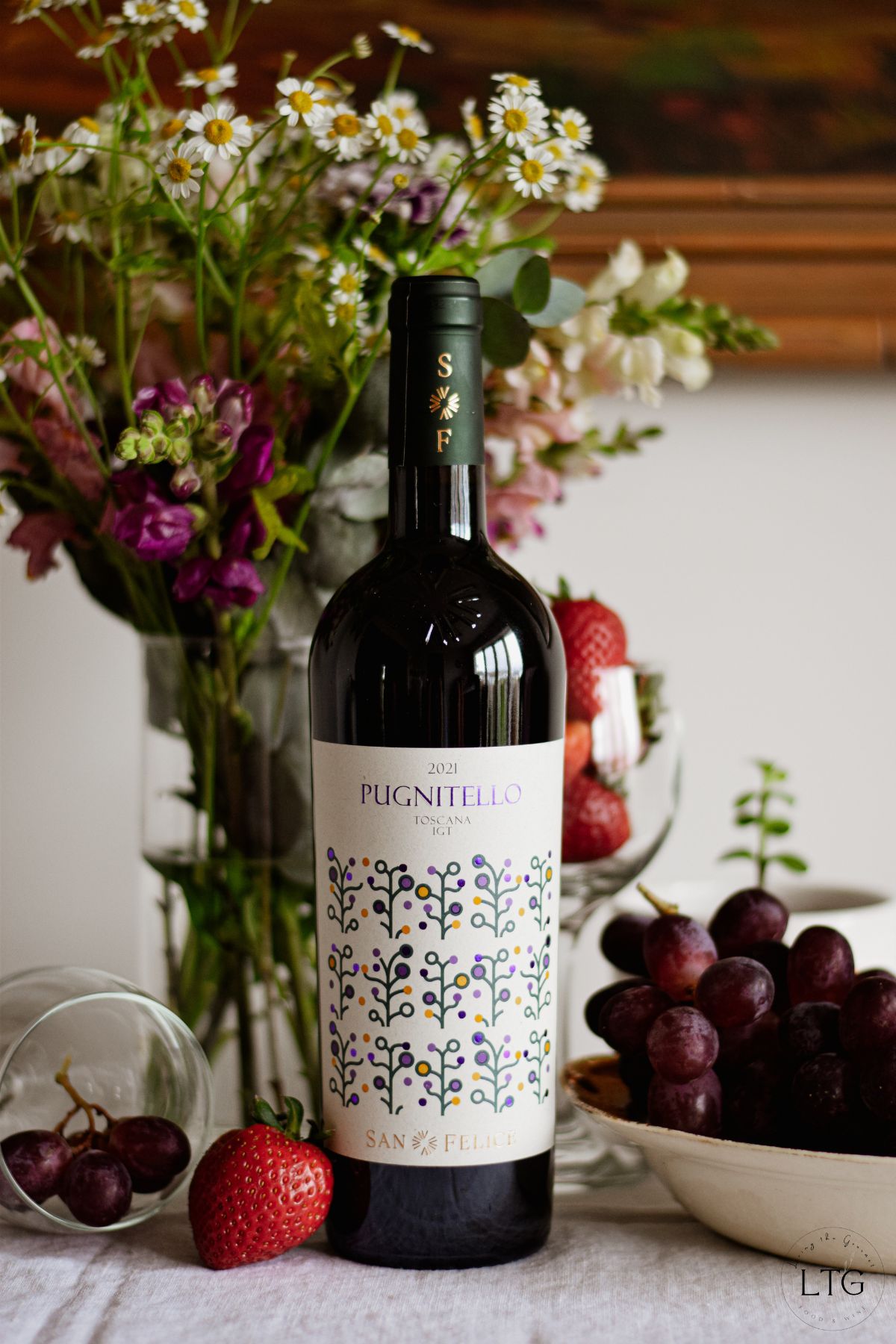
If you enjoyed today's article, tried the wine, or have any questions or suggestions, be sure to let us know in the comments below. We always love hearing from you!
Cheers!
0
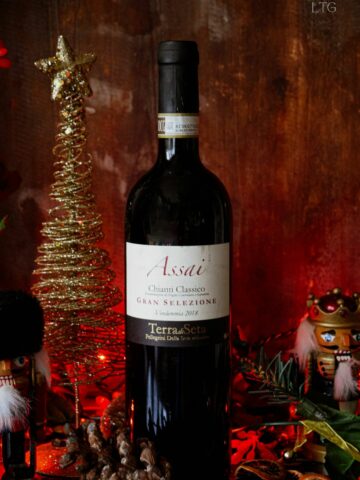



Leave a Comment